Antelopes and Gazelles
The antelopes, like cattle, are ruminants. Some of the smaller species, especially those of delicate build, are called gazelles. Antelopes include those ruminants that are not deer, cattle, sheep or goats. The smallest, the duiker, is no longer than a hare.

The largest, the eland, is as big if not bigger than the largest ox. In some species only the males have horns. In other species both sexes have them. The horns may be long or short, straight or spiral, curving forwards or curving backwards.
The way they live is also very varied.
The small duikers scuttle about in the grass. The klipspringer, about the size of a medium-sized dog, has small hoofs and can scramble over bare rocks or leap onto a small pinnacle of rock and stay poised there with all four feet close together.
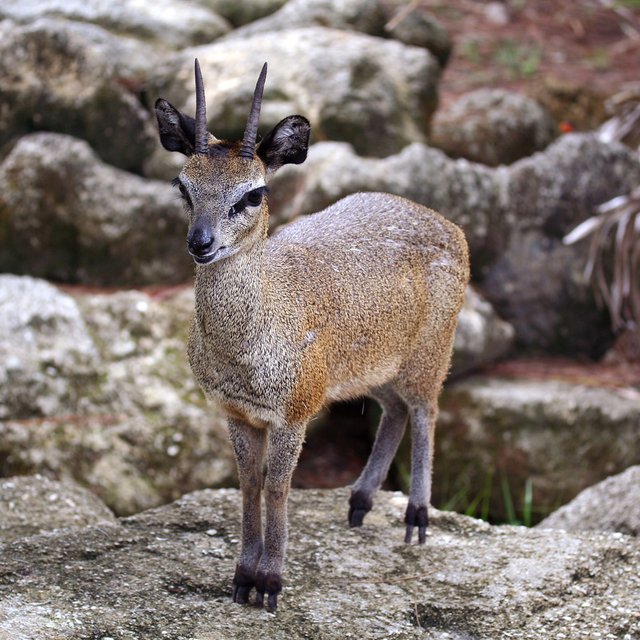
Antelopes represent one of the wonders of the world. When white men began to explore the continent of Africa, south of the Sahara desert, they found the countryside filled with uncountable millions of antelopes. The wonder was not only that there were so many different kinds but that they all found a living there.
Food for all:
Since all antelopes feed on plants, it seemed amazing that the many millions of them did not eat up all the vegetation, leaving the ground bare. We now know that each species of antelope eats a different part of the plant, or eats it at a different time of the year. In this way, they do not compete with each other for the available food.
A good example of how antelopes avoid competition is shown by the gerenuk. It has a long neck and long legs and has learnt to stand on its hind legs to reach up for the foliage of trees that other antelopes cannot reach.
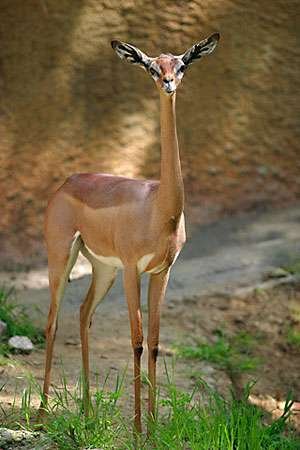
The speedy pronghorn:
Antelopes are also found in southern Asia, and there is one species in America. It is called the pronghorned antelope, or pronghorn for short. According to scientists it is not a true antelope. Unlike other antelopes it sheds its horns once a year, so it is classified in a family of its own. Pronghorns are the fastest of all ruminants, and have reached speeds of over 66kph.
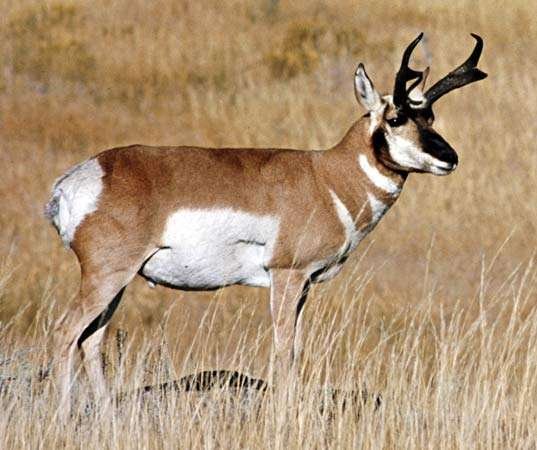
Throughout eastern Africa, from Kenya southwards, lives the suni. It is the smallest of all antelopes, little more than 30cm at the shoulder. When disturbed, it bolts for cover in the grass and scrub. Although so small it can leap 3m to make its escape:
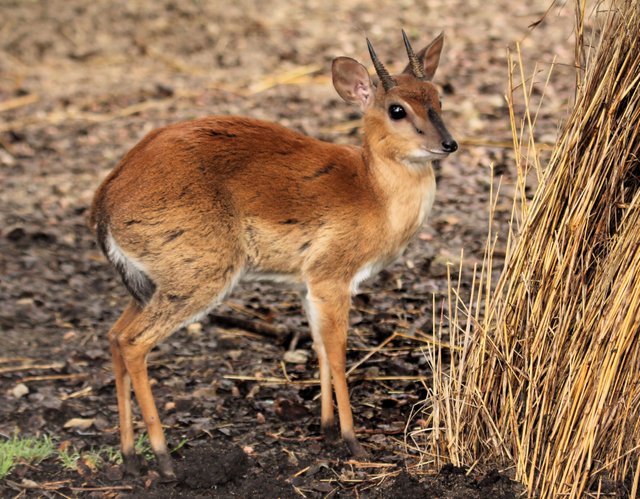
Except for the shape of the horns, eland could be mistaken for cattle. They are the largest of all antelopes, standing 2m at the shoulder. The horns are straight, directed backwards and have spiral ridges on the lower half:
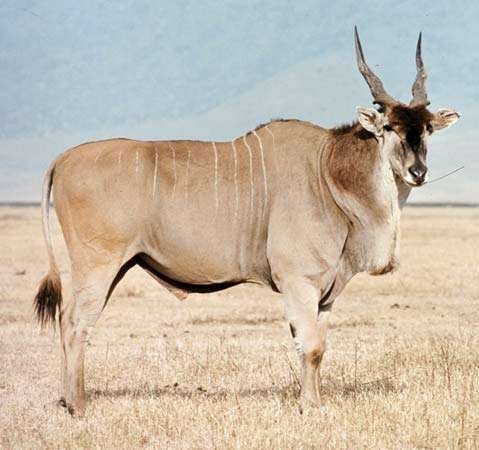
Probably the most showy of all antelopes is the nyala. It lives in a small area of south-east Africa. The coat of the male is chestnut and black, marked with white spots and stripes. The does, which are bright fox-red with white stripes, do not have horns:
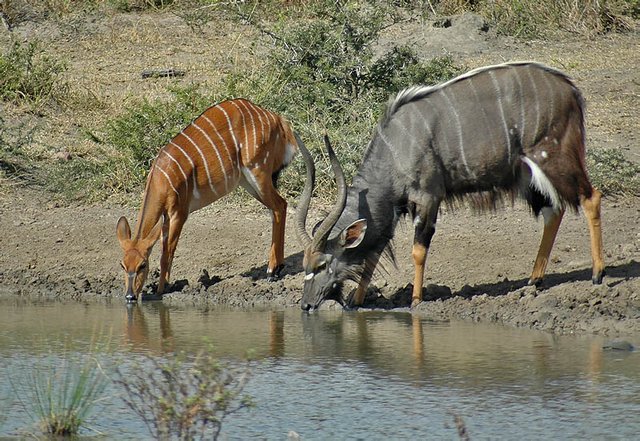
The dainty Peter's gazelle is a good example of the antelopes known as gazelles. It lives on the plains of Africa, well away from cover to avoid being ambushed by lions. It stands just over 60cm at the shoulder and its horns can be up to 60cm long:
Most famous of antelopes, and also the most swift, the blackbuck lives on the open plains of India. It stands 80cm at the shoulder. For centuries it has been used for sport, being chased by tame cheetahs belonging to the Indian princes:
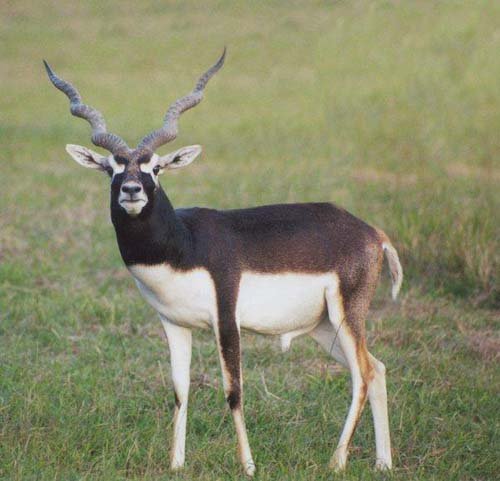
Resources and extra reading:
Ruminants | Antelope | Gazelle | Duiker | Eland | Klipspringer | Gerenuk | Pronghorn | Suni | Nyala | Blackbuck

You got a 30.66% upvote from @upmewhale courtesy of @ghostgtr!
Earn 100% earning payout by delegating SP to @upmewhale. Visit http://www.upmewhale.com for details!